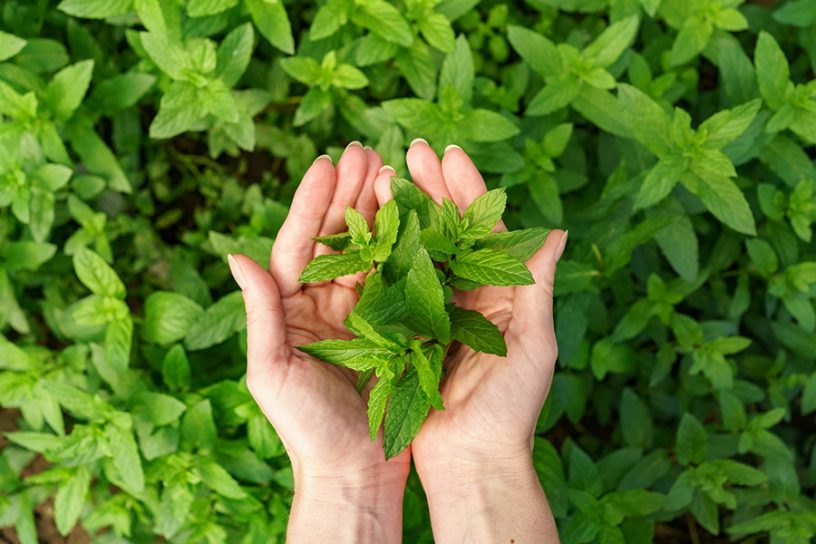
Consumption of plants grown in heavy metal polluted soil should be avoided due to their potential health hazard, suggests this study.
Authors
Abhiroop Chowdhury, Professor, Jindal School of Environment and Sustainability, O.P. Jindal Global University, Sonipat, Haryana, India.
Aliya Naz, Department of Environmental Science and Engineering, Indian Institute of Technology (Indian School of Mines), Dhanbad, Dhanbad, Jharkhand, 826007, India.
Rachna Chandra, Gujarat Institute of Desert Ecology (GUIDE), Bhuj-Kachchh, Gujarat, India.
Brijesh Kumar Mishra, Department of Environmental Science and Engineering, Indian Institute of Technology (Indian School of Mines), Dhanbad, Dhanbad, Jharkhand, India.
Summary
Usage of native plant species for traditional medicine or nutritional supplement is a popular practice among various cultures. But consumption of plants growing on polluted soil can cause serious human health hazard due to bioaccumulation of toxic heavy metals. Present study deals with the ecological and human health impact of heavy metals, in six native plant species with ethnobotanical significance growing at the largest chromite mine of India.
Exchangeable, oxidizable, reducible and residual fractions of the metals in plant rhizosphere were analyzed. Only 2–6% of total Cr (270–330 mg/kg) and Ni (150–190 mg/kg) at the mining site is bioavailable. Cd showed highest bioavailability (~ 60%) in mining site posing very high ecological risk (1055–5291) followed by Ni (1297–2124) and Cr (309–1105).
The heavy metals in the shoot of the targeted plants were about 0.7 to 80 times higher than the standard limit as per Indian statutory body. The total hazard quotient (THQ) by the consumption of plants growing in mining region was very high (> 1) and varied from 2.6 to 5.9 in adult and 0.6–1.3 in children, while in non-mining region the THQ of same plants indicates low risk (< 1).
This study indicates THQ (adult) in the order of, Euphorbia hirta (5.9) > Calotropis procera (4.9) > Argemone mexicana (3.6) > Vernonia cinerea (3.5) > Pteridium latiusculum (3.4) > Tridax procumbens (2.6) through consumption pathway growing in mine soil. This study concludes that consumption of plants growing in heavy metal polluted soil should be avoided due to their potential health hazard.
Published in: Environmental Geochemistry and Health volume
To read the full article, please click here.


